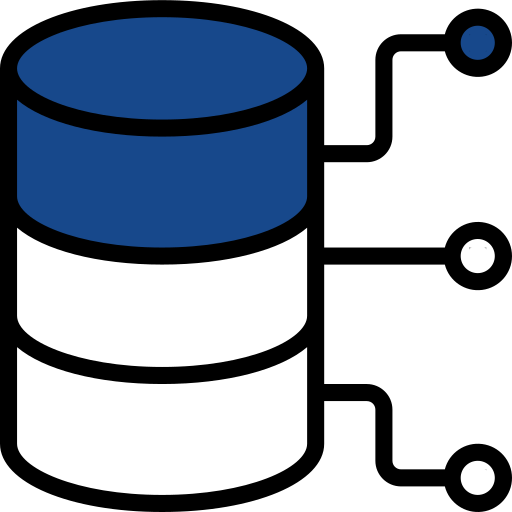Access to data is crucial for every media company. When data lives in silos that aren’t connected, the data’s value is diminished in your sales processes and efforts. Data consolidation and usage have lagged in the media industry due to disparate and legacy systems. However, there are opportunities to transform how you access your data — APIs (application programming interfaces). Media companies can use data APIs and order APIs to get the information they want in the platform they need.
What Are APIs?
APIs provide a way for two systems to communicate with each other. The API is the liaison for the two applications. Through APIs, these systems can exchange information.
They are a common approach to connecting disparate systems. Since media companies use many systems for sales activities — traffic systems, CRM (customer relationship management) platforms, data analytics tools, yield management tools and more — APIs bring those data ecosystems together.
There are two types of APIs of value to media companies: data APIs and order APIs.


What Are Data APIs?
A data API is an interface that enables access to data and data management functions. In terms of media company usage, these APIs extract linear and digital order and accounts receivable data from one system to other applications.
Data API Use Cases
- Move data from traffic, third-party digital or other revenue platforms to external systems.
- These include CRM tools, data analytics tools, general ledger software and more.
- The data helps streamline the processes of these external systems, such as exporting data to your general ledger software.
- It can also support analysis and attribution tools for greater insights on performance across the organization or for a specific campaign.
- Keep CRM systems updated with current sales and projections data.
- As a result, sales teams can work in one system while maintaining a holistic view of sales performance (past and present).
- Share spot data for complete visibility.
Data API Benefits
- Ensure data from different systems is easily accessible to those who need it.
- Enhance third-party systems with linear and digital order data.
- Simplify the billing process.

What Are Order APIs?
Order APIs track and manage the entire life cycle of an order. Media companies use them to load linear and digital order data from one system and input it into another.
Order API Use Cases
- Import and create linear and digital orders in platforms from external systems.
- Bring external digital orders for unified reporting, invoicing and month-end reconciliation across linear and digital within your revenue management platform.
- Receive additional third-party digital tactics not executed on your central digital platform.
- Update digital orders to represent actuals for clear and up-to-date client invoicing.
Order API Benefits
- Consolidate cross-channel orders in near-real time with accuracy.
- Streamline processes to eliminate data re-entry.
- Simplify invoicing.
Data and Order APIs Increase Efficiency and Insights
Your teams will save time by removing manual workflows with data and order APIs. Processes will also become more consistent, with no concerns over accuracy. When you bring your data together, you’ll capture more insights to help your organization work smarter.
Data and order APIs are available in the Marketron Integration Suite.






